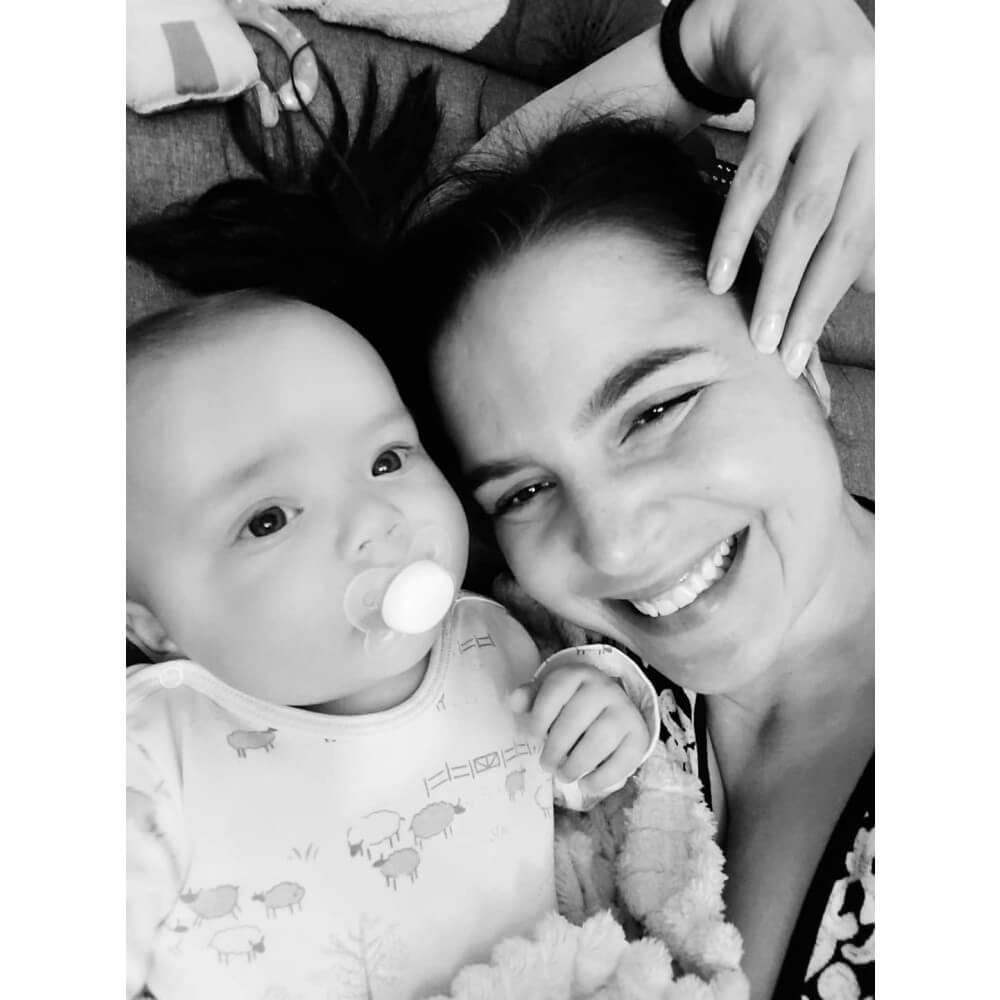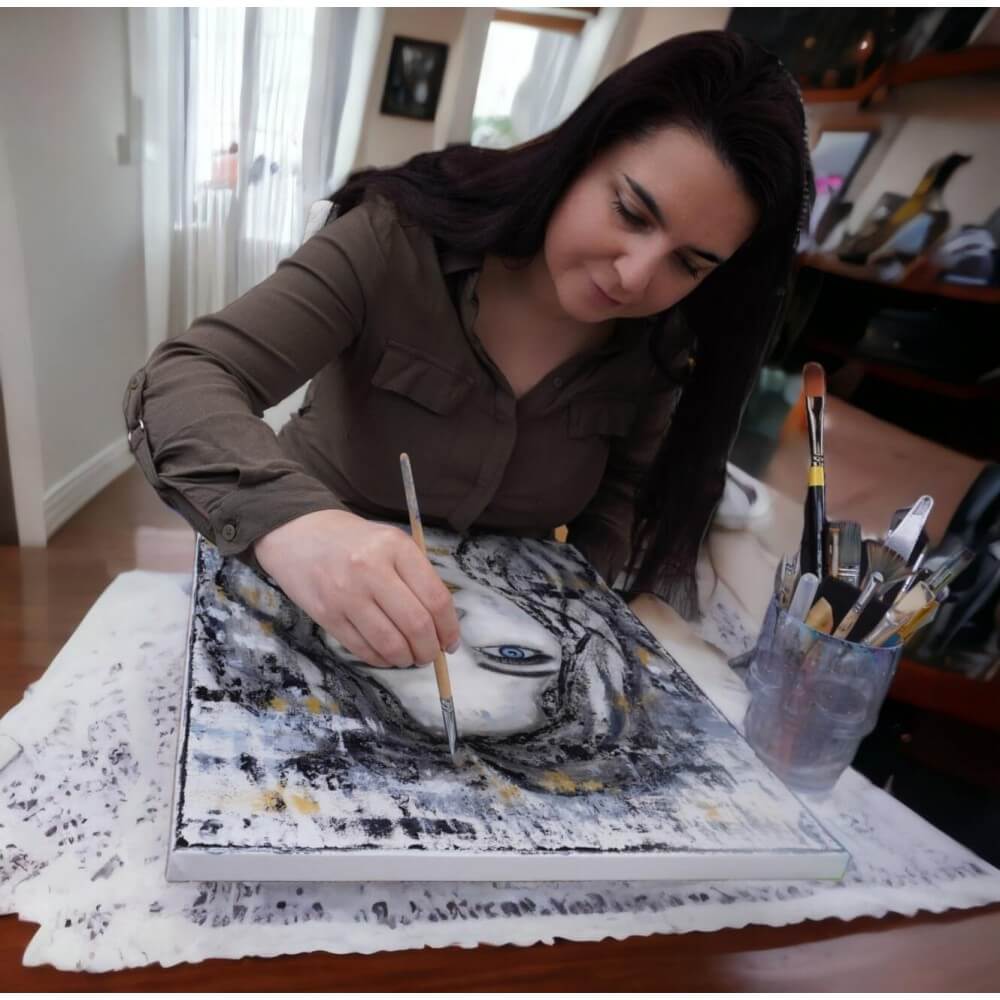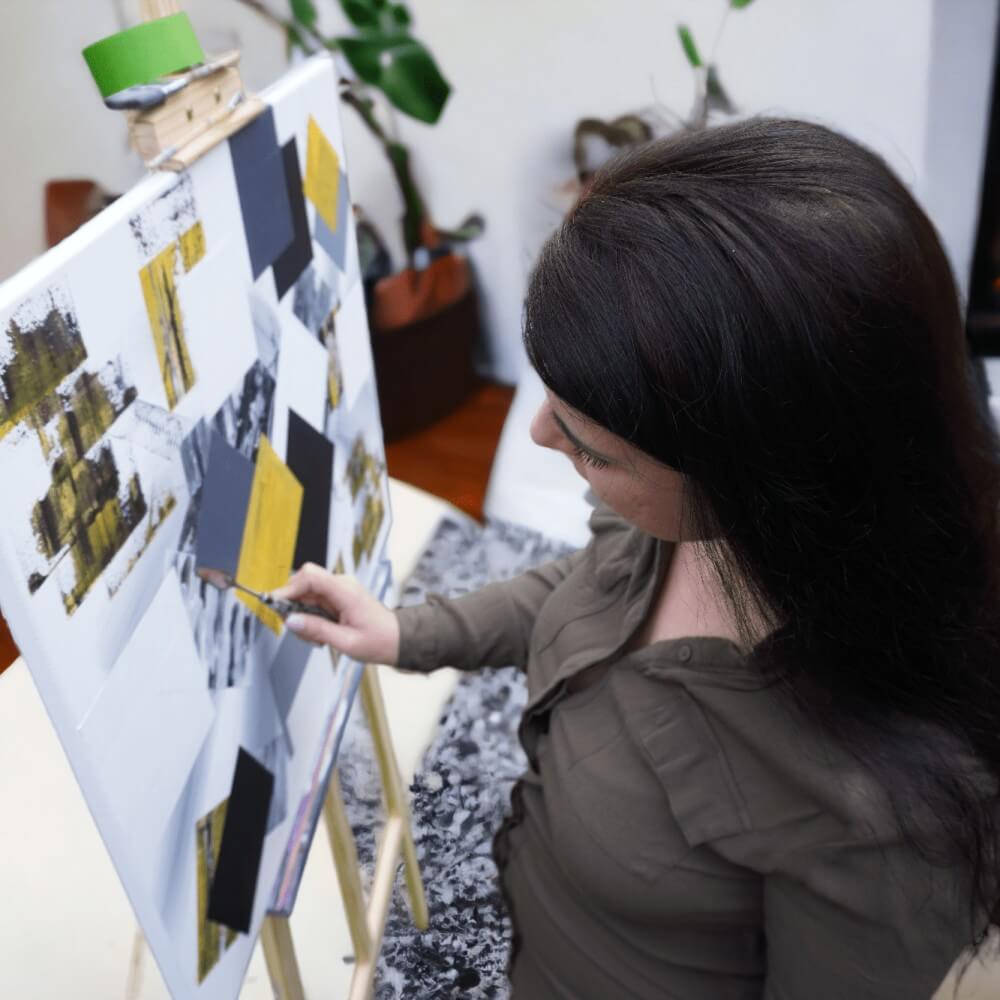How to Hold the Brush Perfectly for Acrylic Painting
If you're just starting out with acrylic painting, one of the most important things to get right is your brush technique. Holding the brush correctly can make a huge difference in the quality of your paintings. In this article, we'll go over some tips for holding the brush perfectly for acrylic painting.
1. Hold the Brush Like a Pencil
The first thing to remember when holding a brush for acrylic painting is to hold it like a pencil. This means holding the brush with your thumb and index finger, and resting it on your middle finger. You should be able to move the brush with your wrist and fingers, without moving your entire arm. This will give you more control over the brush, and allow you to make more precise strokes.
When you hold the brush like a pencil, make sure that your grip is not too tight. Holding the brush too tightly can cause your hand to cramp up, and also make it harder to make smooth strokes. Instead, try to hold the brush with a relaxed grip, so that your hand can move fluidly.
2. Use Your Wrist and Fingers
When painting with acrylics, it's important to use your wrist and fingers to control the brush. You should be able to move the brush with small, precise movements, rather than using your entire arm. This will give you more control over the brush, and allow you to create fine details and smooth strokes.
One way to practice using your wrist and fingers is to try painting small circles or lines. This will help you get comfortable with the brush, and give you a sense of how much control you have over it.
3. Experiment with Different Brush Grips
Everyone has their own preferred way of holding a paintbrush, so don't be afraid to experiment with different grips. Try holding the brush closer to the bristles, or farther away. Try holding it with a looser or tighter grip. See what feels most comfortable for you, and what gives you the best results.
Another way to experiment with brush grips is to try different brush shapes and sizes. A smaller brush may be easier to control for fine details, while a larger brush may be better for covering larger areas of the canvas.
4. Practice, Practice, Practice
Finally, the most important thing you can do to improve your brush technique is to practice. Spend time practicing your brushstrokes, experimenting with different grips, and getting comfortable with the brush. The more you practice, the more confident you'll become with your technique.
When practicing, it can be helpful to paint from life rather than from photographs. This will help you develop your eye for color and form, and give you a better sense of how to translate what you see onto the canvas.


